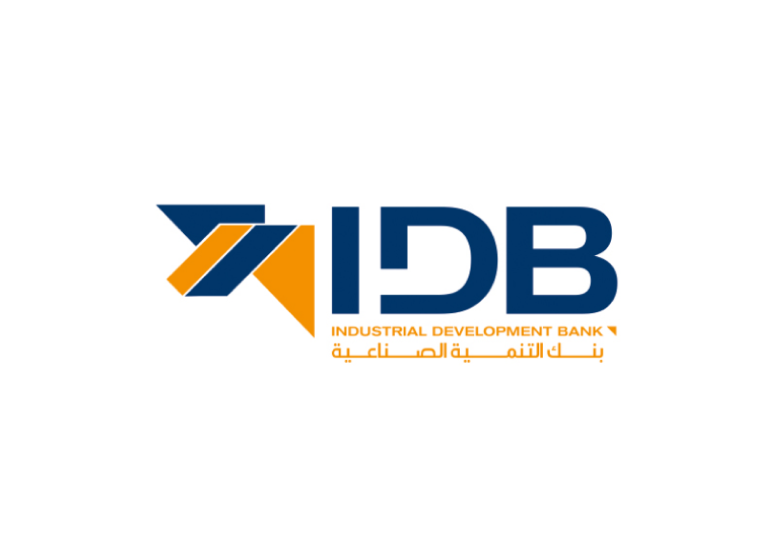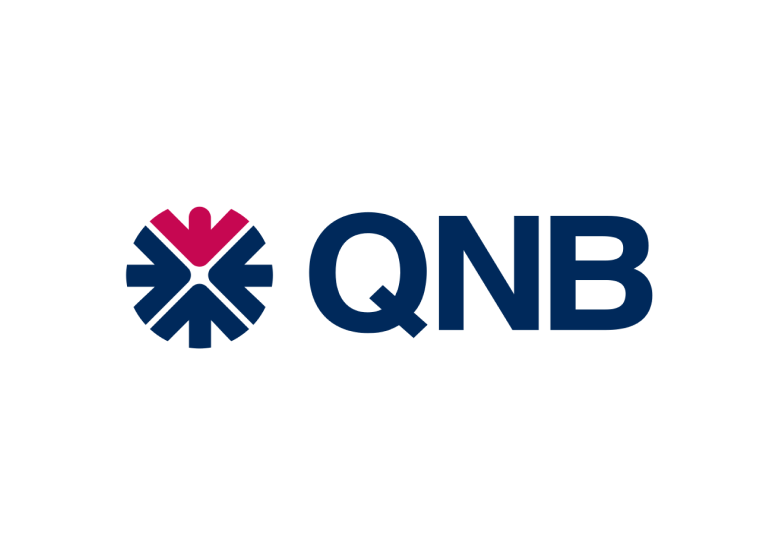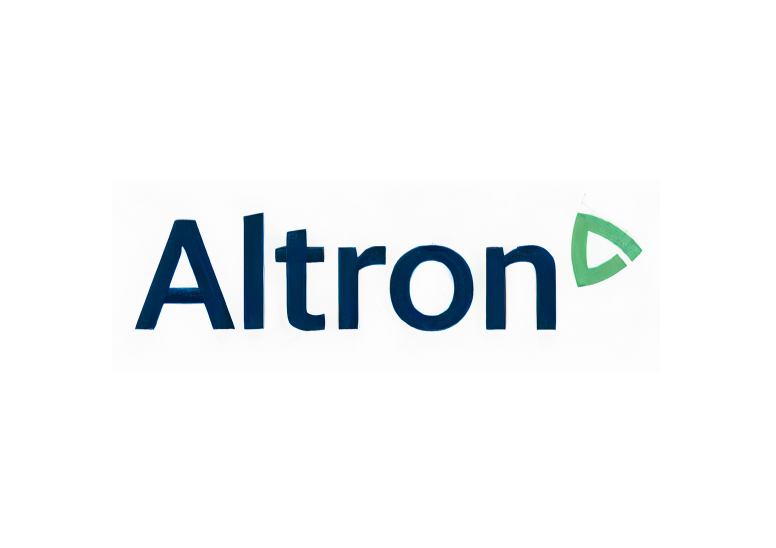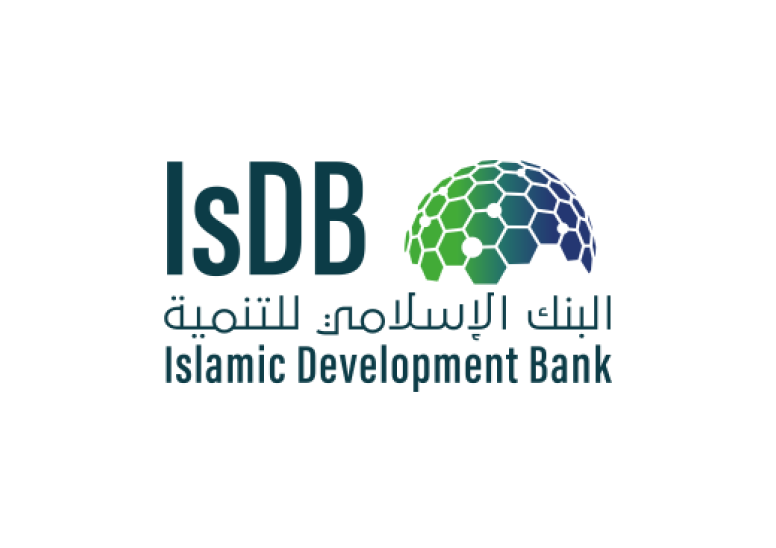A mid-sized bank faced challenges in the customer onboarding process, particularly in meeting Know Your Customer (KYC) compliance requirements. Manual data entry and document verification processes resulted in delays and errors.
Scroll Down
we serve as transformational catalysts for these agencies, focusing on three areas: executing digital transformation initiatives, leading IT modernization and actively engaging the public in digital communications
Tomorrow’s government will run on the digital solutions we build today. That’s why it’s crucial to remain relevant, agile, and unencumbered by legacy systems and processes. After all, the agencies who can best serve modern citizens of the future will be the ones who are ready for what’s next, right now.
Our culture of curiosity allows us to deliver meaningful impact to our clients’ civic businesses by reimagining their citizen services and constituent experiences. Our agile, data-driven approach to strategy and implementation equips our clients’ businesses for change, making digital the core of how they think and what they do for the benefit of the people.
Efficient, reliable and outcome-driven offerings are the bedrock for building confidence in operational capabilities. And when built on a genuine understanding of people’s needs, digital solutions and services have been shown to increase trust in government.


















A mid-sized bank faced challenges in the customer onboarding process, particularly in meeting Know Your Customer (KYC) compliance requirements. Manual data entry and document verification processes resulted in delays and errors.
A mid-sized bank faced challenges in the customer onboarding process, particularly in meeting Know Your Customer (KYC) compliance requirements. Manual data entry and document verification processes resulted in delays and errors.
Case Study: Streamlining Claims Processing for Improved Efficiency in Health Insurance






Scroll Down FGS VOICES As FGS’s …
Reduce the monotonous work human resources (hr). Employees must deal with and give them more time to focus On high value
Case Study: Streamlining Mortgage Application Processing for Improved Efficiency
A global bank faced challenges in reconciling thousands of accounts across multiple systems and databases. The manual reconciliation process was time-consuming, prone to errors, and lacked visibility into discrepancies.